Rare Early 1950s Steiff Velveteen Baby Deer Fawn Jungreh All ID
$129.00 Original price was: $129.00.$90.30Current price is: $90.30.
- Quality You Can Count On
- 100% High-Quality Guarantee
- 7 days free returns
- We take quality seriously.

I am delighted to help this sweet baby deer— Jungreh— the German word for “fawn” find a new home. He shows some signs of wear and play, but he is rare and collectible. His clear and darkly printed flag, with article number 6412,0 indicates that he is the earliest model of this deer. The complete production span for this number was 1949 to 1958. Because his flag is anchored by a raised script button, it is very likely that Jungreh was produced no earlier than 1951. On the other hand, it is almost a certainty that he was not produced AFTER 1952. I say that because of the words, the font, and the format of his flag.
I say in my title that Jungreh has all his ID. He was made before the generic “Original Steiff” chest tag came into use in 1953. There were earlier bear-head chest tags, but they belonged to animals with proper names.
The two (abbreviated) words “Orig. gesch.” Were used long before Jungreh was made, starting way back before WWII in the 1920s. The first abbreviated word is no mystery; it is “Original.” The second abbreviation stands for “geschützt,” which means “protected” and serves a similar function to the ® we associate with trademarks and the © we associate with copyright.
Either the abbreviated form or the complete two-word expression was used post war until 1952. Thus, Jungreh’s actual production span was two years only! Curiously, Jungreh is without a US-Zone flag, but I assume it simply tore off.
The “12” in Jungreh’s article number indicates his size in centimeters, measured to the top of his head. He comes very close to the catalogue at 11.5 cm tall, about 4 1/2 inches. Of course, you’ll have to leave him enough vertical display area to accommodate those big baby ears—and his crisp, up-pointing flag. Six inches would be more than enough space.
The “6” in Jungreh’s article number is also interesting to understand. Steiff used that number as the first digit in the article numbers of young animals; they got that fawn look just right. 🙂
Now that I am talking about Jungreh’s head, I want to mention something that has always made me curious about the way Steiff represents deer. When Jungreh is posed with this body and legs facing front, he is looking off to his left side. This is not a matter of a seamstress goof in Giengen or a storage mishap; Steiff’s deer are always portrayed this way! I have not seen that many deer in nature (actually, I don’t think I have seen many in person, but I have seen them in film). I can’t say that anything I have seen would correlate to Steiff’s depiction.
I am always impressed with the little details that Steiff comes up with for their various animals, which capture little details about their real-life counterparts, but I don’t know why Steiff’s deer are always looking off to their left sides. I am showing you the different ways of posing Jungreh in my second (composite) image, and I personally favor the middle pose for the deer in my vitrine.
As I said, Jungreh shows some signs of wear and play—and just his 70-plus year age. His velveteen covering has darkened, on both his upper body and his underside. The darkening is more obvious on his lighter areas, although there are a few areas on his upper body that have darker spots, which could be from where he was picked up and held. These darker spots are not egregious, which you should be able to see. Notwithstanding his color changes, his light-colored baby spots are strong.
Jungreh also some “rubs,” where the velveteen has weakened. I am pointing to the worst one in my fourth image; in addition to the wear in the fabric, there is a slight blue stain, which might be ink.
To be sure, Jungreh has some positive features, which I want to point out. I photographed him on a blue background, so you can see his black airbrushed hooves. I started to take pictures with my typical black background, but switched to the blue because his hooves disappeared. Although the black background would not have interfered with the airbrushing on Jungreh’s face, I still want to point out the black lines accenting his eyes, and the VERY dark airbrushing extending from either side of his black floss nose—which you can see also still retains its horizontal pink line of floss.
Jungreh also retains some rose-colored airbrushed accents. Even though the insides of his ears have darkened, you can still see the rose. You can also see the strong rose coloring depicting his mouth.
I can’t think of anything else to tell you, but please write if you have a question. As I said, Jungreh may not be mint, but he is sweet, rare, and collection worthy.
WHATEVER YOU DECIDE TO DO ABOUT JUNGREH OR ANY OF MY OTHER STEIFF ITEMS, PLEASE BE SURE TO SEE THE ARTICLE I HAVE WRITTEN ABOUT STEIFF ID FRAUD—INCLUDING COUNTERFEIT CHEST TAGS—(AND OTHER IMPORTANT INFORMATION FOR COLLECTORS). YOU WILL FIND THE LINK ON THE BOTTOM RIGHT OF MY SHOP HOME PAGE UNDER “FAVORITE LINKS.” IF YOU HAVE NOT LOOKED AT IT RECENTLY, I UPDATED AND EXPANDED IT IN MARCH, 2023.
| ITEM ID | rl-2908 |
|---|---|
| COLOR | Beige, Copper |
| ITEM TYPE | Vintage |
| FINE PLUSH AGE | Post 1950 |
Be the first to review “Rare Early 1950s Steiff Velveteen Baby Deer Fawn Jungreh All ID” Cancel reply
Related products
Cats
Rare Sweet 17 CM Steiff Black Cat US-Zone Flag For Halloween And All Year Round 1950-1955 Only!







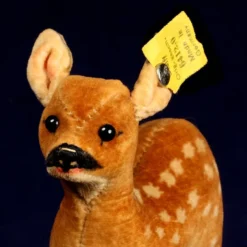





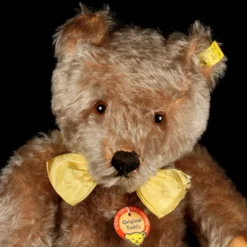

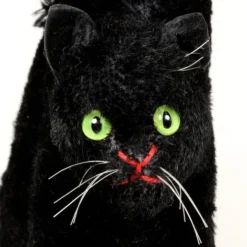
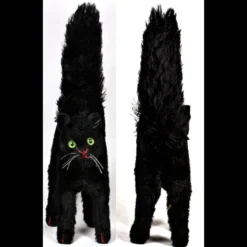

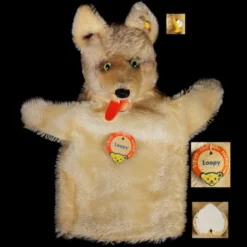
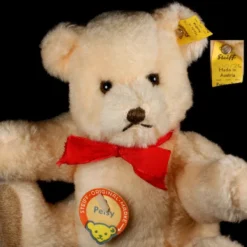


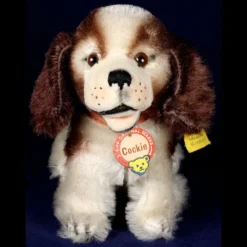

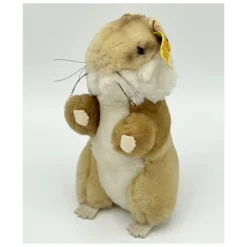
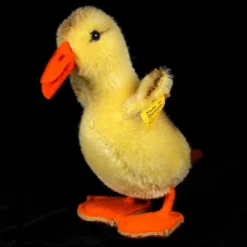
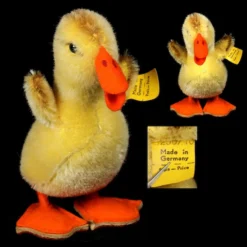


Reviews
There are no reviews yet.